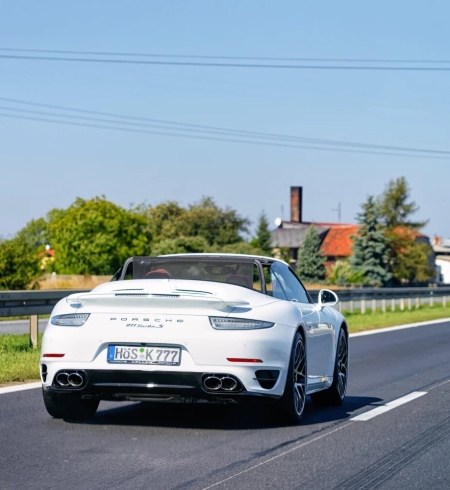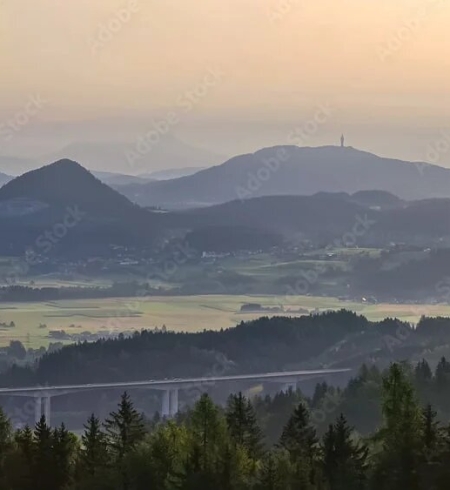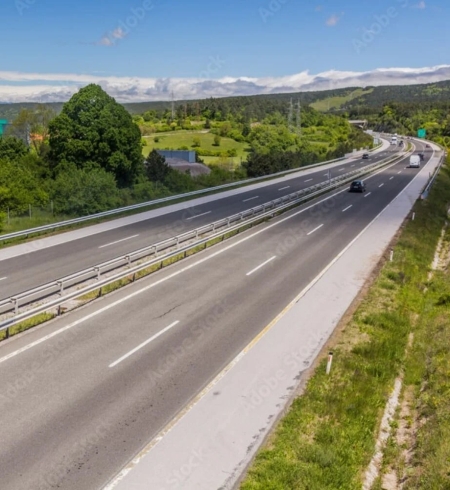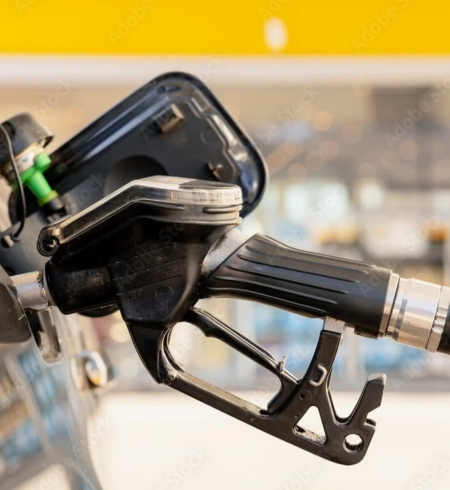Border Slovenia Hungary
The regulation that there are no longer controls at the EU's internal borders has not applied to countries like Slovenia or Hungary for some time now. If you plan to use one of the border
crossings on your way there, you may have to expect waiting times on some days or even choose an alternative route. Therefore, you should find out what options are available before your trip.
Before setting off, it is also advisable to look at the traffic and road regulations in Slovenia and Hungary. In both countries, you need a vignette to use the motorways and large parts of the expressways. It is usually questions like "How much does the vignette for Slovenia cost?" or "Where do I pay the toll in Hungary?" that motorists deal with before their trip.
If you are travelling from the south, i.e., from Austria via Slovenia to Hungary, you can buy the vignette online in advance. If you are travelling in the opposite direction, you must use the sales points.
Being aware of these details can be crucial for a smooth trip. To make sure the rest goes smoothly, we have summarised all the details about the border crossings between Slovenia and Hungary.
Course of the border between Slovenia and Hungary
The border between the two countries stretches over a length of about 100 kilometres. It begins at the border triangle between Austria, Slovenia and Hungary and ends at the border triangle with Croatia. Due to its location, travellers from many different countries gather at the border. Their destination is not always Slovenia or Hungary. Many cross the border and use the countries for transit to reach other destinations.
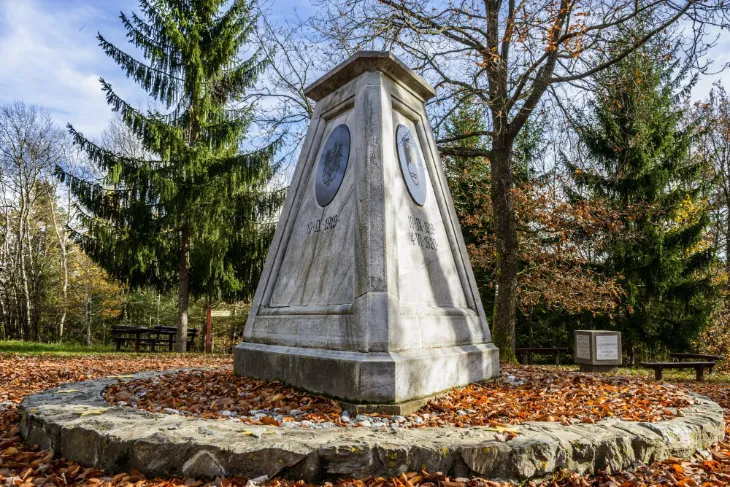
The border runs roughly from north to southeast. On the Hungarian side are the counties of Vas and Zala, and on the Slovenian side is the region of Pomurska. There are a few places where the border crosses a river. One of them, for example, is near the municipality of Hodoš in Slovenia: There the river is still called Velika Krka. After the border crossing, it is called Kerka in Hungary. Further south, the border follows the river Ledava for a few kilometres before it flows into the Mura in Croatia.
Border crossings between the countries
There are several road and rail crossings between Slovenia and Hungary. However, due to their accessibility, only three of them are considered points of contact that play a role in international travel. We will therefore concentrate on the most important crossings and explain how to reach the other side from the localities near the border.
Border crossing Hodoš
Hodoš has already been mentioned in connection with the rivers. Although there are one or two other places on the border further north of the municipality, Hodoš is the quickest to reach from many starting points. Drivers crossing the border at Neuhaus am Klausenbach in Austria, for example, to get to Kuzma in Slovenia, then continue to Hodoš. This is possible via the village of Šalovci in a driving time of only 30 minutes.
From Hodoš, the route then continues across the border to Kotormány or Bajánsenye in Hungary. Hodoš is also known for having a border railway station in the municipality. This is the Körmend-Murska Sobota railway line.
Border crossing Dolga Vas
The nearest border crossing on the Slovenian side is Dolga Vas (Lendava). Slovenia's easternmost municipality is located near the A5 motorway and is therefore used by motorists travelling from Maribor or the capital Ljubljana. From Dolga Vas, you can reach the main road 86, which leads to Rédics in Hungary. From there, the road takes you directly to Szombathely. If you turn onto the main road 75, you will continue to Lake Balaton.
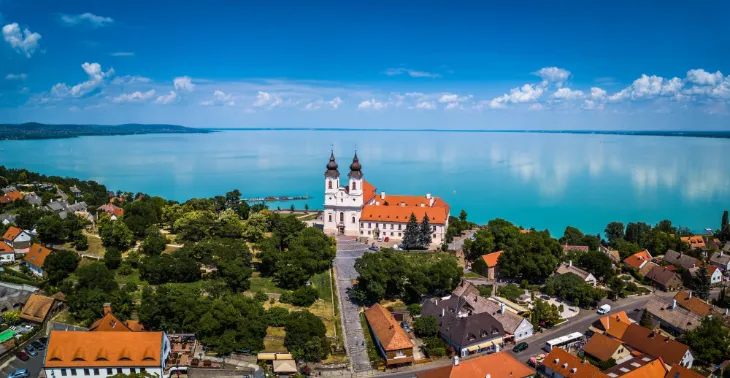
Border crossing Pince
The last border crossing is only about 10 kilometres from Dolga Vas. In the village of Pince you can also leave Slovenia behind and enter Hungary. This border crossing is often chosen because of its connections within Hungary. As before, you drive on the A5, which turns into the Hungarian Autópálya M70 at Tornyiszentmiklós. The motorway then runs right across the country. This means that it leads past Lake Balaton to Budapest. However, if you drive in the other direction from Tornyiszentmiklós, you will reach Zagreb in Croatia via the M70 and the E65.
Controls - Current situation at the Slovenia-Hungary border
In Slovenia, you must expect frequent traffic jams at the country's border crossings. Drivers who have ever travelled through the Karawankentunnel to the north know that delays can occur. If you look at the borders of Austria, Croatia, Hungary and Slovenia, the waiting times at many points are not only due to the increased volume of traffic but also because of border controls.
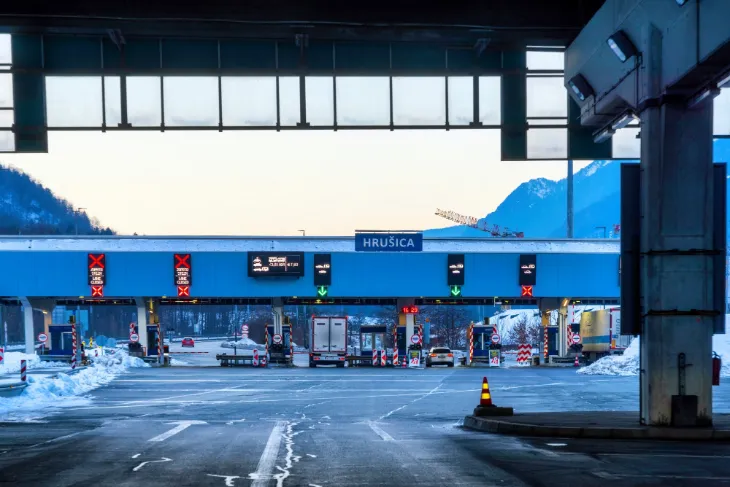
Although all the countries mentioned above are now part of the Schengen Agreement (Croatia since 2023), the rules that apply at the crossings to the countries change regularly. This is mainly due to political events (migration situation, Ukraine war). Therefore, anyone planning to cross the Slovenia-Hungary border should not only have their travel documents ready but also expect delays.
Purchase your E-vignette and have a nice trip, Slovenia!
